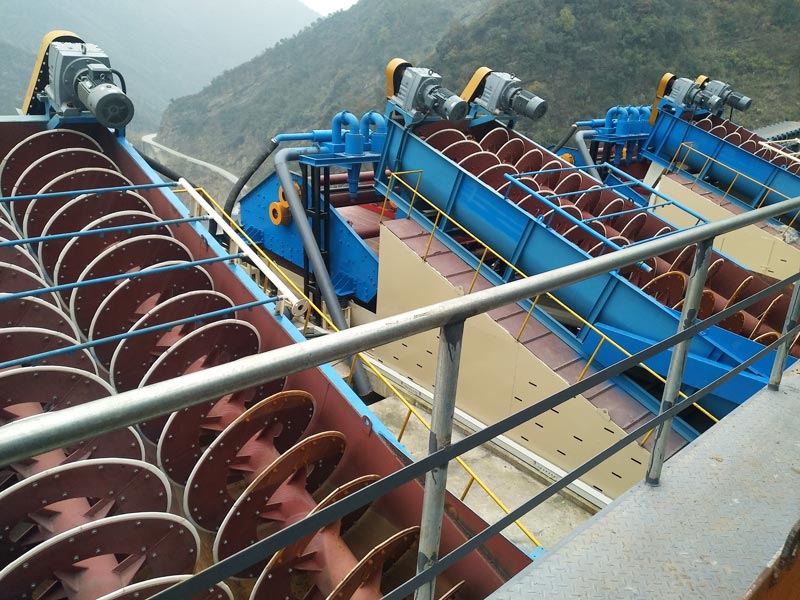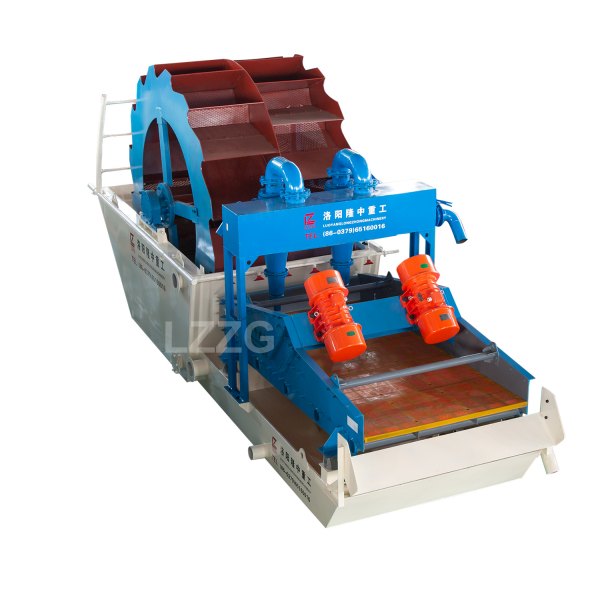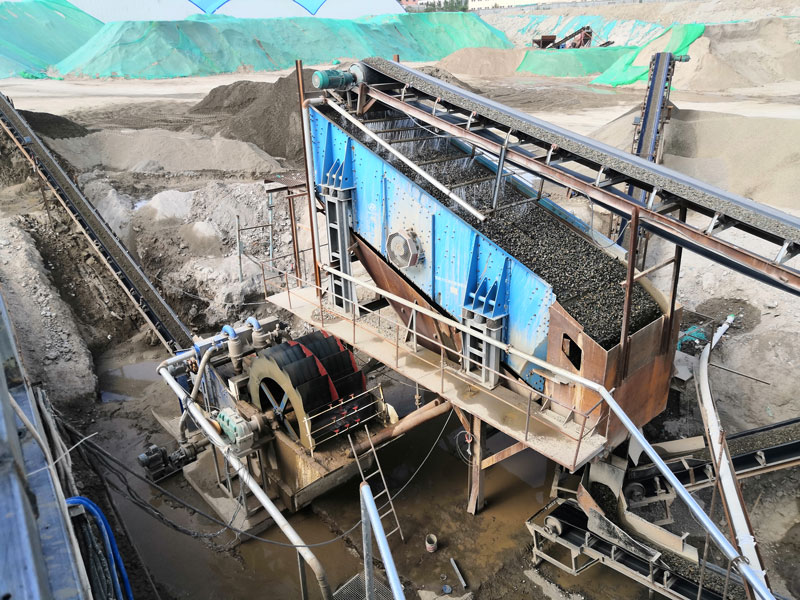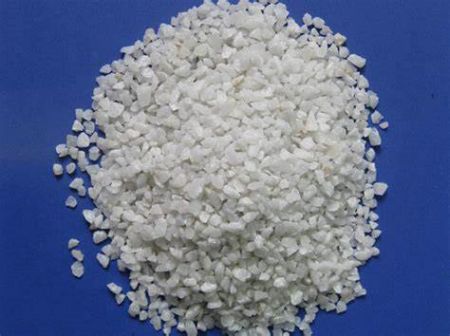What is the use of mountain sand?
 February.28,2024
February.28,2024
Mountain sand is a natural sediment containing mainly silicate minerals. Concrete can be formed by mixing materials such as mountain sand and cement. In concrete, mountain sand has a relatively uniform particle size and can fill the hollow voids in concrete. At the same time, the silicates in mountain sand can react with cement to produce gel, thereby enhancing the hardness and stability of concrete. Mountain sand can be divided into two categories, natural mountain sand and machine-made mountain sand.
Natural mountain sand is formed by natural erosion and weathering of rocks. It has irregular grain shape, rough surface, and contains a large amount of mud, iron oxides and organic matter. It is usually not suitable for use in high-grade concrete.
Mechanized mountain sand is made by crushing, sand making and screening rocks on the mountain (such as bluestone, limestone, marble, granite, etc.) through professional mechanical equipment (such as crushers, sand making machines and screening machines) Sand. Machine-made mountain sand has a more uniform grain shape, less mud content, similar performance to natural sand, and lower mining costs. Therefore, it is more popular in the market and is widely used in construction, chemical industry, glass, roads, railways, water conservancy and other fields.
Characteristics of mountain sand in concrete
(1) The grain size of mountain sand is relatively uniform, which can fill the pores of concrete and enhance the compactness and density of concrete;
(2) Mountain sand contains silicate minerals, which can react with cement to produce hardening gel and improve the hardness and stability of concrete;
(3) Mountain sand is hard and has good wear resistance, which can enhance the durability of concrete.
(4) Mountain sand contains a certain amount of dust and impurities and needs to be screened and washed;
(5) Mountain sand collection requires the extraction of natural resources, which has an impact on the environment.





